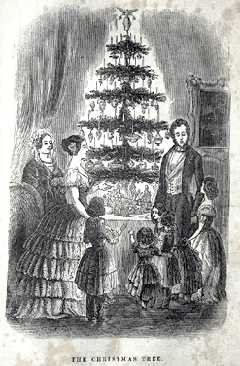 How do you do? My name is John and I live in 1860s England. My father is a barrister in the Court of Exchequer. Would you like to join us for Christmas? Please do!
How do you do? My name is John and I live in 1860s England. My father is a barrister in the Court of Exchequer. Would you like to join us for Christmas? Please do! Average, 10 Qns, ponycargirl,
Dec 11 17
 How do you do? My name is John and I live in 1860s England. My father is a barrister in the Court of Exchequer. Would you like to join us for Christmas? Please do!
How do you do? My name is John and I live in 1860s England. My father is a barrister in the Court of Exchequer. Would you like to join us for Christmas? Please do! |
|
 = Top 5% Rated Quiz,
= Top 5% Rated Quiz,
 Top 10% Rated Quiz,
Top 10% Rated Quiz,
 Top 20% Rated Quiz,
Top 20% Rated Quiz,
 A Well Rated Quiz
A Well Rated Quiz
· All questions, answers, and quiz content on this website is copyright FunTrivia, Inc and may not be reproduced without permission. Any images from TV shows and movies are copyright their studios, and are being used under "fair use" for commentary and education.